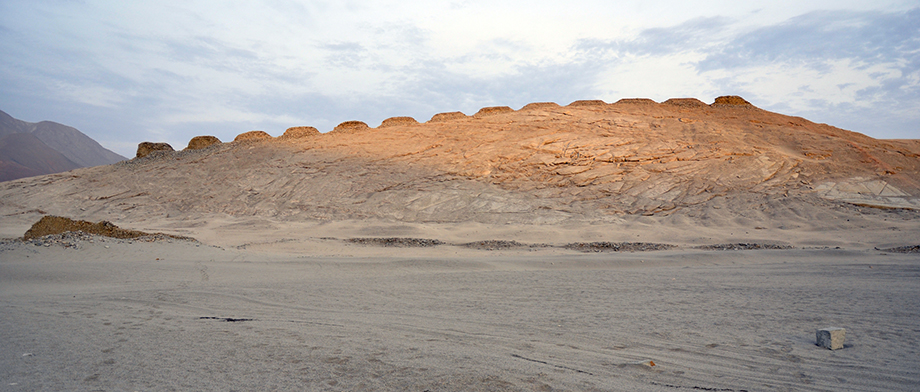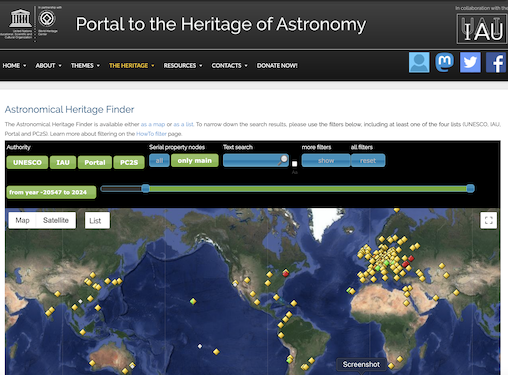Chankillo becomes a World Heritage Site

The prehistoric solar observatory and ceremonial centre at Chankillo in Peru, including its famous thirteen towers, was inscribed on UNESCO’s World Heritage List at the 44th session of the World Heritage Committee held in July 2021.
Chankillo’s extraordinary and quite unique monumental solar calendrical device has been recognised as World Heritage just 14 years after Ivan Ghezzi’s and my article “Chankillo: A 2300-Year-Old Solar Observatory in Coastal Peru” was first published in Science (315 (2007), 1239–1243).
According to UNESCO, Chankillo solar observatory is “an outstanding example of ancient landscape timekeeping, a practice of ancient civilizations worldwide, which used visible natural or cultural features. Incorporated in the Thirteen Towers, it permitted the time of year to be accurately determined not just on one date but throughout the seasonal year. Unlike architectural alignments upon a single astronomical target found at many ancient sites around the world, the line of towers spans the entire annual solar rising and setting arcs as viewed, respectively, from two distinct observing points, one of which is still clearly visible above ground. The astronomical facilities at Chankillo represent a masterpiece of human creative genius.”














 If you are looking for things related to Alice and/or information about stalking, please visit the
If you are looking for things related to Alice and/or information about stalking, please visit the